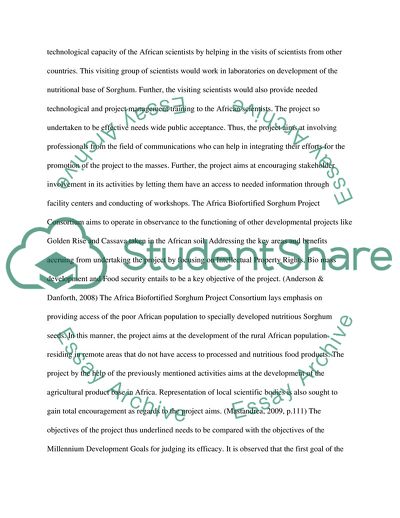Cite this document
(Food Safety and Fighting Malnutrition in Africa Case Study, n.d.)
Food Safety and Fighting Malnutrition in Africa Case Study. https://studentshare.org/health-sciences-medicine/1743317-an-analysis-and-critique-of-a-development-project-the-africa-biofortified-sorghum-project-consortium-food-safety-and-fighting-malnutrition-in-africa
Food Safety and Fighting Malnutrition in Africa Case Study. https://studentshare.org/health-sciences-medicine/1743317-an-analysis-and-critique-of-a-development-project-the-africa-biofortified-sorghum-project-consortium-food-safety-and-fighting-malnutrition-in-africa
(Food Safety and Fighting Malnutrition in Africa Case Study)
Food Safety and Fighting Malnutrition in Africa Case Study. https://studentshare.org/health-sciences-medicine/1743317-an-analysis-and-critique-of-a-development-project-the-africa-biofortified-sorghum-project-consortium-food-safety-and-fighting-malnutrition-in-africa.
Food Safety and Fighting Malnutrition in Africa Case Study. https://studentshare.org/health-sciences-medicine/1743317-an-analysis-and-critique-of-a-development-project-the-africa-biofortified-sorghum-project-consortium-food-safety-and-fighting-malnutrition-in-africa.
“Food Safety and Fighting Malnutrition in Africa Case Study”. https://studentshare.org/health-sciences-medicine/1743317-an-analysis-and-critique-of-a-development-project-the-africa-biofortified-sorghum-project-consortium-food-safety-and-fighting-malnutrition-in-africa.


